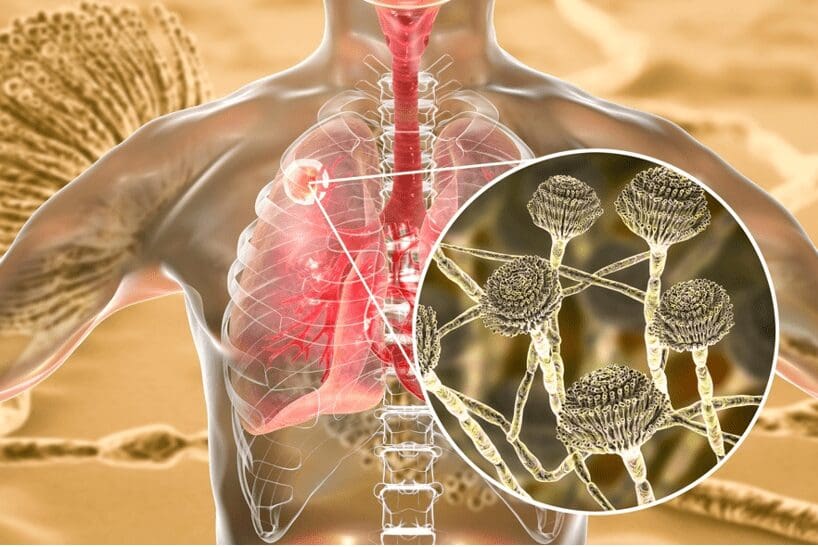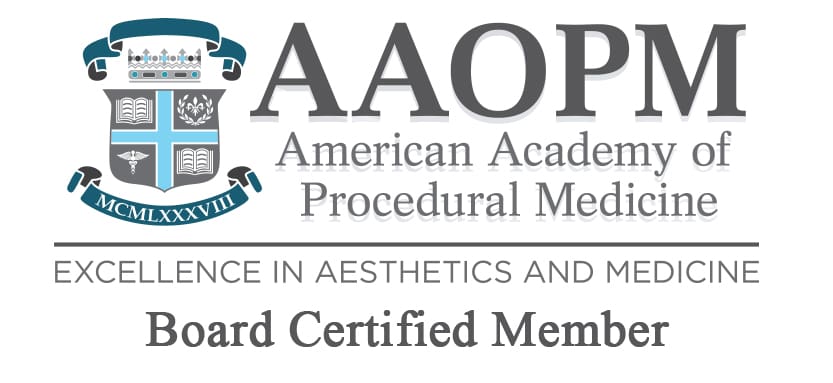Mold/Mycotoxin Analysis/Treatment/Detoxification
Mold/Mycotoxin Analysis /Treatment/Detoxification

What Is Mold Toxicity?
Mold toxicity is illness caused by exposure to mold spores and mold biotoxins. As the word implies, biotoxins are toxic substances made by biological organisms, like molds or bacteria.
Mold toxicity is widely recognized as a cause of symptoms or illness in animals and people most commonly from exposure to moldy foods and mold growth in water-damaged buildings.
Symptoms of Mold Exposure, Mycotoxins, and Mold Illness
Respiratory symptoms, like sinus trouble, are well documented in people who have experienced indoor airborne mold exposure and mold allergies. And symptoms of mycotoxin (biotoxins produced by molds) exposure from mold in foods is also well validated in studies. But some evidence suggests long-term exposure to airborne mold and mycotoxins can cause more systemic health problems and health conditions.
Mold exposure symptoms may include:
- Respiratory symptoms such as sinusitis, asthma, wheezing, runny nose, sneezing, shortness of breath, swollen nasal passages, and chronic upper respiratory tract problems
- Allergy symptoms or allergic reactions
- Neurological symptoms, such as memory loss, brain fog, executive function disorders, depression, vision changes, and even autism spectrum disorder.
- Chronic fatigue
- Digestive symptoms such as nausea, abdominal pain, diarrhea, or vomiting
- Inflammation
A minority of people may have a hypersensitivity to molds and mycotoxins, termed Chronic Inflammatory Response Syndrome (CIRS) by Dr. Ritchie Shoemaker.
Health Effects of Mycotoxins
Mold can cause irritating symptoms, but mold toxins — called mycotoxins — are often the bigger problem.
Not all types of molds produce mycotoxins, but many do, including common household molds like Aspergillus, Penicillium, and Stachybotrys chartarum(black mold). Fungal mycotoxins have been shown to cause adverse human health effects, may behave as allergens, and some types can be more toxic than industrial toxins.
Consider these examples:
- A mycotoxin called trichothecene, released by mold species such as Stachybotrys chartarum, has been shown to disrupt the immune system, nervous system, and hormone and energy production [Study Link].
- A clinical trial found that inhalation of Beta-D-glucans, a mycotoxin, produced a significant increase in inflammatory markers [Study Link].
- Mycotoxins in foods have been shown to cause digestive system effects, such as shrinkage of the intestinal villi, changes in the gut microbiome, and hormone imbalances, and are associated with some digestive system cancers [Study Link].
- A clinical study found that mold-exposed people had decreases in neurological function on assessments compared to controls [Study Link]. These included changes in reaction times, grip strength, memory, and impaired vision.
- And a series of cases of pediatric lung hemorrhage were associated with mycotoxin exposure from water-damaged homes [Study Link].
- A 10-year longitudinal study showed a positive association between chronic mold exposure, inflammation, and “sick building syndrome” (illness caused by exposure building they live or work in) [Study Link].
- Studies suggest mold and mycotoxin exposure increases a systemic inflammatory response [Study Link], which generally has been shown to contribute to health problems such as heart disease and gum disease [Study Link 1, 2, 3, 4, 5].
What To Do About Suspected Mold Illness
You should consider investigating mold and mycotoxin illness if:
- You are experiencing symptoms or health effects consistent with mold toxicity, and;
- You have access to experienced, trusted, and rational medical advice to help you. This is not a do-it-yourself proposition.
If you meet these criteria, testing your home and body for mold exposure may be worth your time and provide you with a useful strategy for symptom improvement.
About Mold and Mycotoxin Testing
Dr Swierczewski utilizes specialized mold and mycotoxin lab tests to establish diagnosis.
Mold Illness Treatment
There are two main parts to mold illness treatment:
1. Remove mold exposure
2. Support your body in detoxifying mold and mycotoxins
If a source of mold is found in your home or workplace, you will either need to remove yourself from the moldy environment or complete mold remediation of some kind. An indoor air specialist or mold clean up expert can help you plan your project.
Once you’ve handled the mold exposure, you need to help your body detox from the mold and mycotoxins.
Supporting your gut health is generally considered by mold-literate healthcare practitioners to be a key part of this process and needs to be handled before moving on to more involved detoxification.
Heal the Gut, then Detox
A healthy gut microbiome binds mycotoxins for stool excretion [Study Link]. Imbalances in the gut microbiome may compromise your ability to excrete mycotoxins.
The Bottom Line About Mold Toxicity
Though mold toxicity may be a cause of your symptoms, it’s vitally important to work with skilled and knowledgeable practitioners and indoor environmental specialists who can accurately assess you and your home or workplace for mold.
If you truly have indicators of mold illness, removing mold exposure and supporting your body’s ability to detox will help you recover your health.
*To schedule an appointment, please call or email:
telephone: 631-283-0015
email:office@drmagdalenas.com
In office, Telehealth, Virtual visit available
Office locations in Southampton and Manhattan








